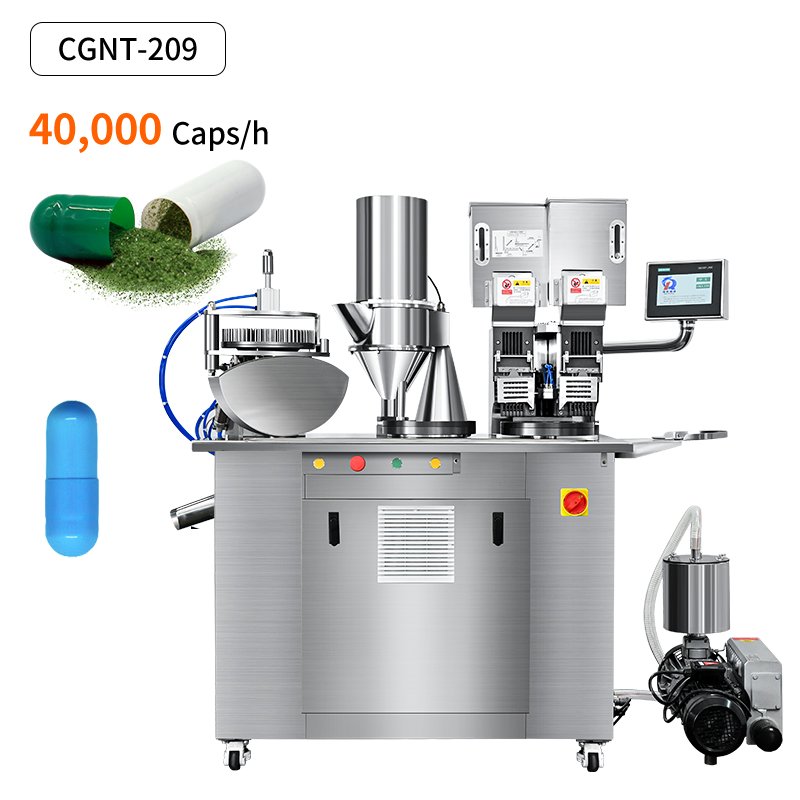- Σπίτι
- Μηχανή πλήρωσης καψουλών
- Ημιαυτόματη μηχανή πλήρωσης καψουλών
Ημιαυτόματη μηχανή πλήρωσης καψουλών
Η παραγωγή ημιαυτόματης μηχανής πλήρωσης καψουλών απαιτεί τη βοήθεια ενός χειριστή μετακινώντας τις πλάκες πλήρωσης μεταξύ των διαφόρων τμημάτων της διαδικασίας. Είναι πιο οικονομική και φιλική προς το χρήστη.
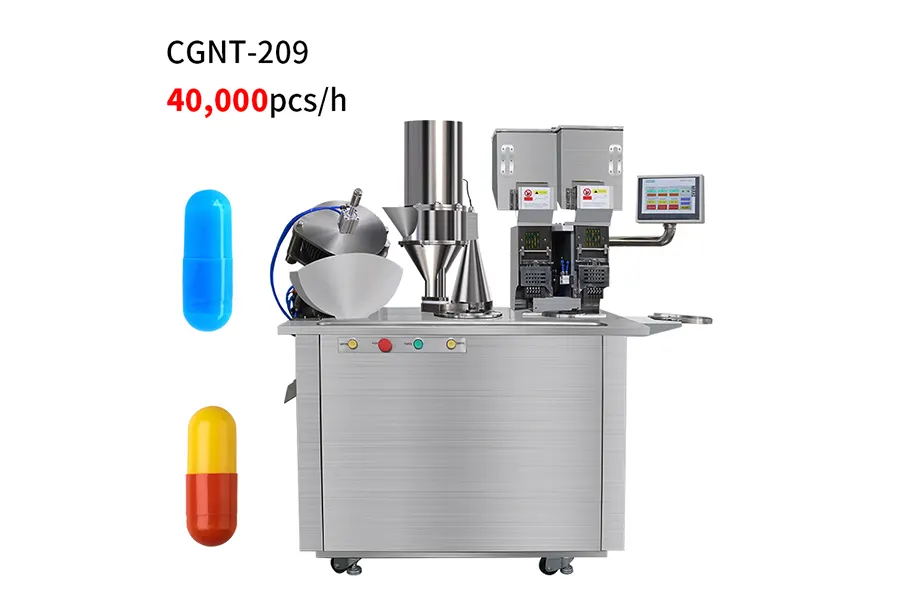
Δυνατότητα μεγεθών καψουλών:
 |  |  |  |  |  |  |  | |
| Μέγεθος κάψουλας | #000 | #00 | #0 | #1 | #2 | #3 | #4 | #5 |
| Κλειδωμένο μήκος | 26.14mm | 23,30 χιλιοστά | 21,7 χιλιοστά | 19,4 χιλιοστά | 18,0 χιλιοστά | 15,9 χιλιοστά | 14.3mm | 11.1mm |
| Όγκος κάψουλας | 1.37 ml | 0,91 ml | 0,68 ml | 0,5 ml | 0,37 ml | 0,3 ml | 0.21ml | 0.13ml |
(Η ποσότητα γέμισης μπορεί να διαφέρει λόγω της διαφοράς στη σκόνη)
Πώς λειτουργεί η ημιαυτόματη μηχανή πλήρωσης καψουλών;

The Complete Range of Semi-automatic Capsule Filling Machines
Ημιαυτόματη μηχανή πλήρωσης καψουλών
Η ημιαυτόματη μηχανή πλήρωσης καψουλών μπορεί να γεμίσει σκόνη, κόκκους, σφαιρίδια και υγρό σε σκληρή κάψουλα, κατάλληλη για μέγεθος κάψουλας #000-5.
| Μοντέλο | CGN-208 | CGNT-209 |
| Παραγωγή | 28,000pcs/h | 40,000pcs/h |
| Εφαρμοστέα κάψουλα | 000#, 00#, 0#, 1#, 2#, 3#, 4#, 5# | |
| Τροφοδοτικό | 2,12kw | 2,2kw |
| Εξουσία | 380/220V 50Hz (προσαρμόσιμο) | |
| Καθαρό βάρος | 400 κιλά | 405 κιλά |
| Μέγεθος συσκευασίας | 1640*720*1700 χιλιοστά | 1640*720*1700 χιλιοστά |
Μια σοφή επένδυση για τον φαρμακευτικό κλάδο
Εύχρηστος
Cost-Friendly
Accurate
Safe to Operate
No Pollution
Σας στηρίζουμε με ολοκληρωμένες υπηρεσίες

Εγγύηση εφ' όρου ζωής
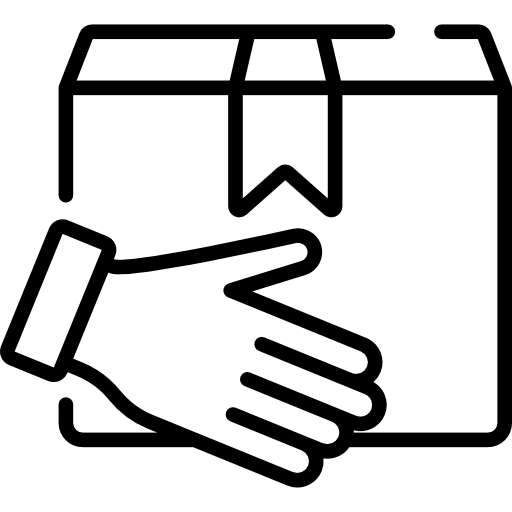
Γρήγορη παράδοση σε 7 ημέρες
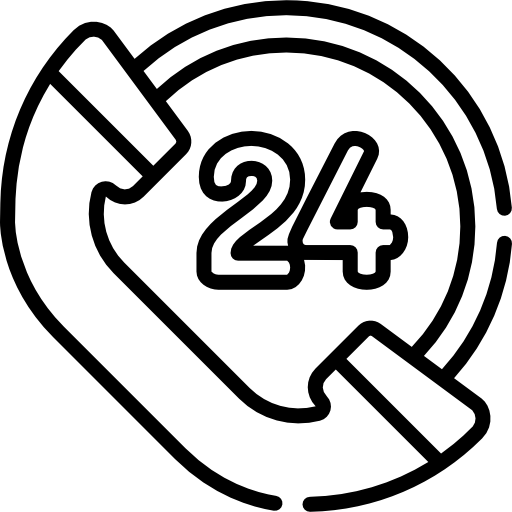
24/7 ηλεκτρονική εξυπηρέτηση
Συχνές ερωτήσεις
- Λιπάνετε τακτικά το έκκεντρο για να το διατηρείτε σε καλή κατάσταση.
- Αποσυναρμολογήστε και καθαρίστε το πρατήριο καυσίμων για να καθαρίσετε την περίσσεια υλικού και να αποτρέψετε το φράξιμο και τη σκουριά, μετά την ολοκλήρωση της παραγωγής.
- Προσθέστε τακτικά λιπαντικό λάδι στην αντλία κενού και καθαρίστε τη σκόνη.
- Γεμίζετε τακτικά τη δεξαμενή νερού με αρκετό νερό πάνω από το μισό σώμα του βαρελιού.
Semi-automatic Capsule Filling Machine Working Principle
A semi-automatic capsule filling machine separates empty capsules, fills them with the desired material, and closes them.
It involves following steps:
- Capsule separation
- Filling station setup
- Filling the hopperial
- Capsules alignment and orientation
- Dosage adjustment
- Filling the capsules
- Capsule Closing
- Ejecting the filled capsules
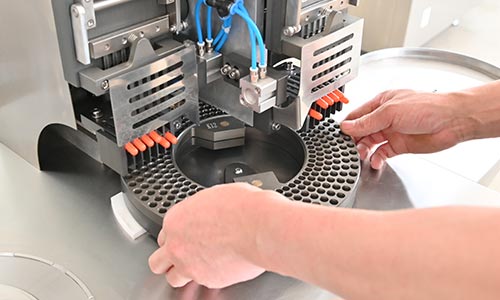
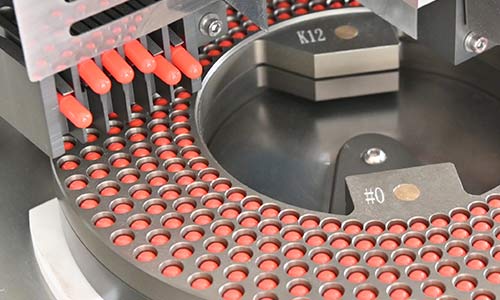
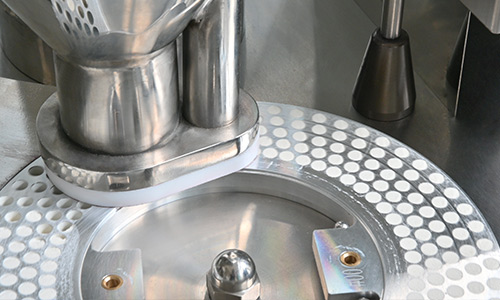
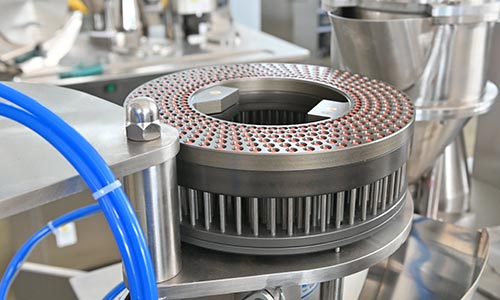
Automatic vs. Semi-automatic Capsule Filling Machine
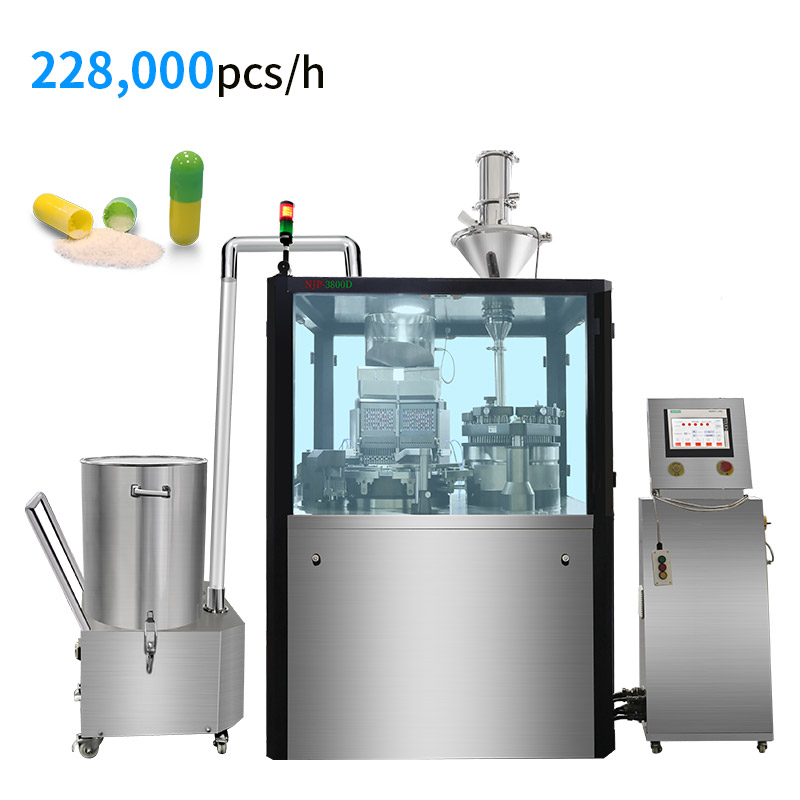
Αυτόματη μηχανή πλήρωσης καψουλών
Pros:
Automatic machines offer high-speed production capabilities, filling capsules quickly and efficiently, which is beneficial for large-scale manufacturing.
They require minimal manual intervention, reducing the need for extensive human labor and increasing productivity.
Automatic machines are designed for precise dosing, ensuring consistent and accurate filling of capsules.
They often come with additional features such as capsule sorting, automatic capsule orientation, and online inspection systems, enhancing overall operational efficiency.
Cons:
Automatic machines tend to have a higher upfront cost compared to semi-automatic machines, making them a significant investment.
Operating and maintaining automatic machines may require specialized training and technical expertise due to their complex nature.
These machines may have limitations when it comes to accommodating small-batch production or frequent product changes.
Automatic machines are generally larger and require more space in the manufacturing facility.
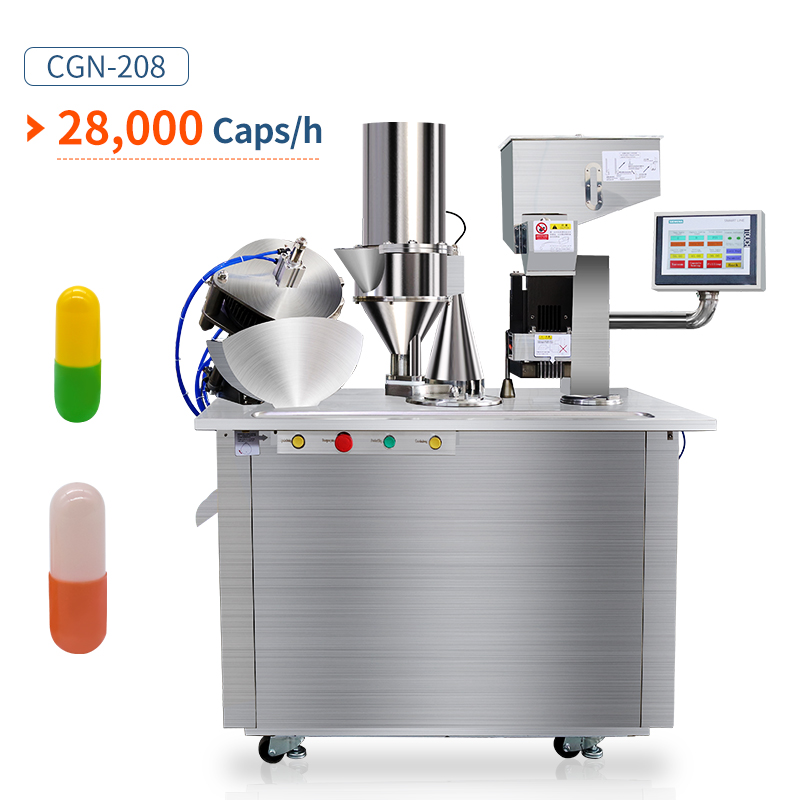
Ημιαυτόματη μηχανή πλήρωσης καψουλών
Pros:
Semi-automatic machines are generally more cost-effective, making them a viable option for smaller manufacturers or startups with limited budgets.
They offer more flexibility in terms of production versatility, allowing easier adaptation for small-scale or diverse product lines.
Semi-automatic machines are relatively simpler to operate and require less technical expertise, enabling easier training and maintenance.
These machines are typically smaller, occupying less space in the production area.
Cons:
Semi-automatic machines require more manual handling, involving operators in the capsule filling process, which can be time-consuming and potentially introduce errors.
The filling speed is limited by manual handling, resulting in slower production rates compared to automatic machines.
There may be slight variations in filling accuracy or capsule quality due to the manual nature of the process.
Some semi-automatic machines may be less durable or prone to more frequent breakdowns compared to their automatic counterparts.
